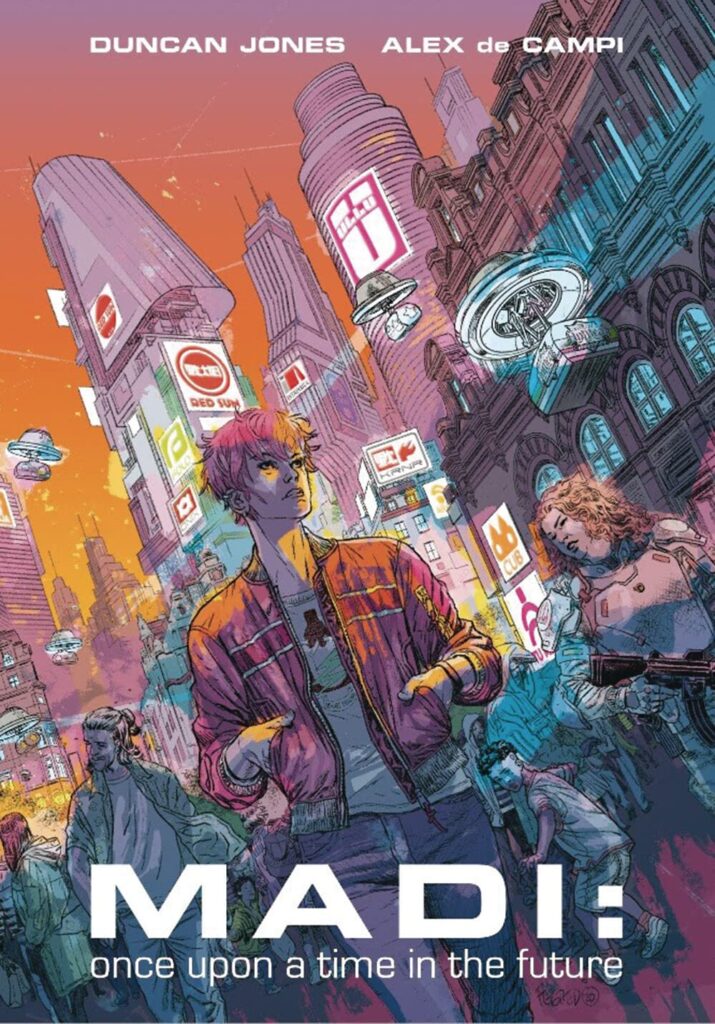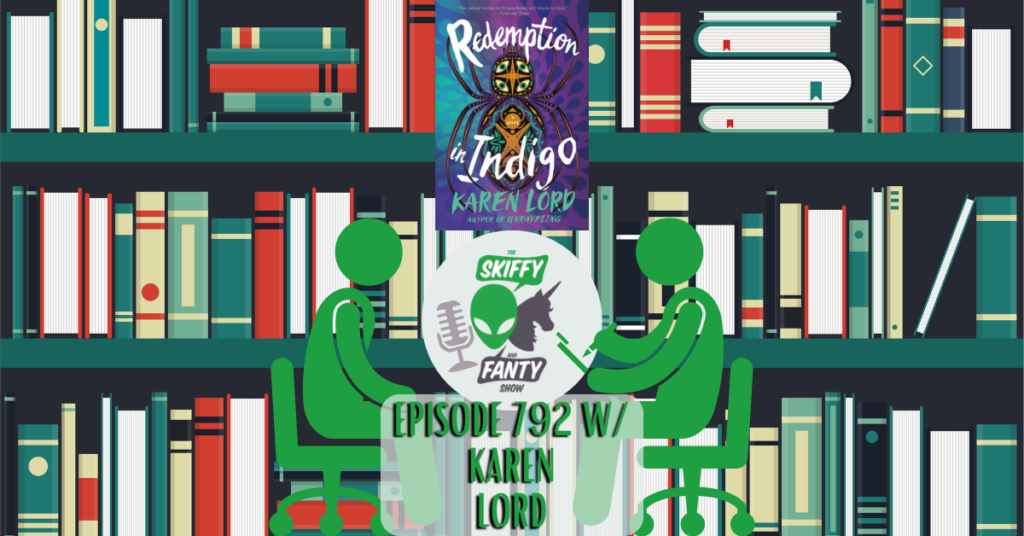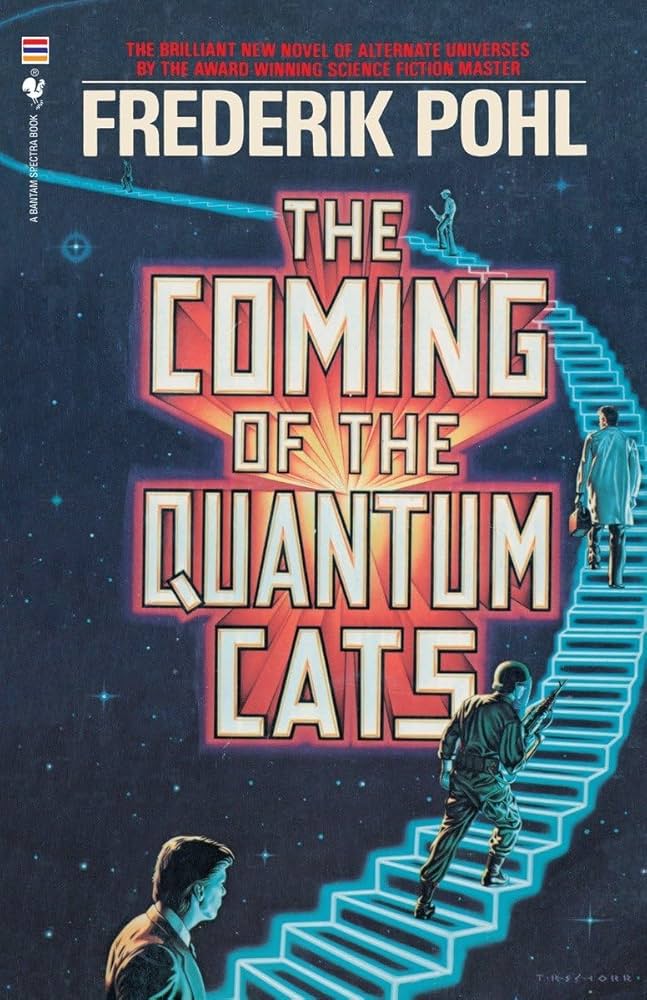793. Cat Rambo (a.k.a. Ms. Furry) — Rumor Has It

https://media.blubrry.com/skiffyandfanty/dts.podtrac.com/redirect.mp3/archive.org/download/sand-f-793-cat-rambo/SandF_793_CatRambo.mp3Podcast: Play in new window | DownloadSubscribe: Apple Podcasts | Spotify | Android | Email | TuneIn | Deezer | RSSBizarre physics, chef adventurers, and talking ships, oh my! Shaun Duke and Paul Weimer are joined by Cat Rambo for a riveting discussion about Rumor Has It. Together, they explore Cat’s approach to point of view and spectacle, the complexities of infodumps, writing space opera, and much more! Thanks for listening. We hope you enjoy the episode!
Comics Review: MADI: Once Upon a Time in the Future

It’s probably not a great sign that as every major character in MADI appeared, I could tell exactly what niche each of them would fill in a cyberpunk TTRPG.
792. Karen Lord (a.k.a. Captain Civilization) — A Career Retrospective

https://media.blubrry.com/skiffyandfanty/dts.podtrac.com/redirect.mp3/archive.org/download/sand-f-792-karen-lord/SandF_792_KarenLord.mp3Podcast: Play in new window | DownloadSubscribe: Apple Podcasts | Spotify | Android | Email | TuneIn | Deezer | RSSCareer moments, horrific truths, and non-violence, oh my! Shaun Duke and Brandon O’Brien are joined by the wonderful Karen Lord to discuss the new releases of The Unraveling and Redemption in Indigo! Together, they discuss Karen’s career, the roots of The Unraveling, how career timing affects what one writes, and so much more. Thanks for listening. We hope you enjoy the episode!
Mining the Genre Asteroid: The Coming of the Quantum Cats

“… Pohl’s thesis, in this book, is that people are a mixture of nature AND nurture. The relatively retiring Nicky DeSota IS the same person as the hardbitten general, or the philandering Senator, and when push comes to shove, they can transcend their natures, or their upbringing, as the case may be. …”
791. Love After the End edited by Joshua Whitehead — Reading Rangers

https://media.blubrry.com/skiffyandfanty/dts.podtrac.com/redirect.mp3/archive.org/download/sand-f-791-love/SandF_791_Love.mp3Podcast: Play in new window | DownloadSubscribe: Apple Podcasts | Spotify | Android | Email | TuneIn | Deezer | RSSMother ships, bending time, and bioengineered rats, oh my! Daniel Haeusser and Trish Matson join forces to discuss Love After the End: An Anthology of Two-Spirit and Indigiqueer Speculative Fiction edited by Joshua Whitehead. Together, they explore the book’s themes of resistance and survival, the threads of utopianism throughout the stories, and much more! Thanks for listening. We hope you enjoy the episode!
790. Bonnie Jo Stufflebeam (a.k.a. (T)error(V)ision) — Grim Root

https://media.blubrry.com/skiffyandfanty/dts.podtrac.com/redirect.mp3/archive.org/download/sand-f-790-bonnie-jo-stufflebeam/SandF_790_BonnieJoStufflebeam.mp3Podcast: Play in new window | DownloadSubscribe: Apple Podcasts | Spotify | Android | Email | TuneIn | Deezer | RSSCrafty contestants, twisted challenges, and cameras, oh my! Shaun Duke and Daniel Haeusser are joined Bonnie Jo Stufflebeam for a riveting discussion about Grim Root. Together, they talk about the connections between reality TV and horror, what makes for a good scare, the intensity of illusion, and much more! Thanks for listening. We hope you enjoy the episode!

